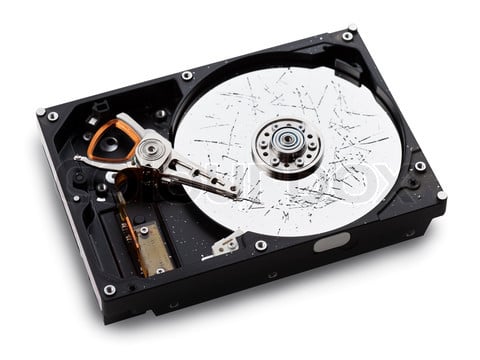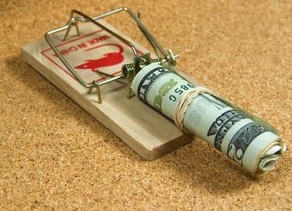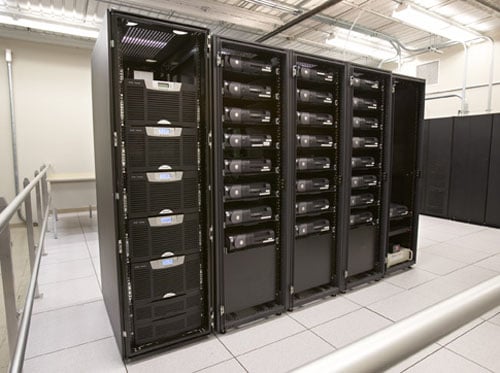
Top 10 Tips to Prevent Data Loss
April 4, 2013
Four Tips on Avoiding Online Scams
April 5, 2013Server rooms are notoriously known to generate excessive amounts of heat. Proper Airflow Management is key…
 Fact: server rooms can get pretty hot and overheating can lead to excessive downtime. Whether you manage your own server-rack or operate leased colocation space, proper cooling techniques are a must. Here are 4 ways to improve airflow inside a server room:
Fact: server rooms can get pretty hot and overheating can lead to excessive downtime. Whether you manage your own server-rack or operate leased colocation space, proper cooling techniques are a must. Here are 4 ways to improve airflow inside a server room:
Server room cooling
If your server-rack has been running hotter than usual, it is time to rethink your cooling methods. First rule of thumb: document any changes you make in regards to airflow. Now follow these 4 steps:
Step 1
Figure out the Cooling Capacity Factor (CCF) for each server room. This is accomplished by dividing the cooling capacity of cooling equipment by 100 % of IT critical load. For example, every fan operates at a fixed sped or variable speed. Determine if your fans are working optimally. A good tool to use would be the CCF calculator offered by Upsite.
Step 2
AFM (Airflow management) can be improved by sealing off any openings where cabling enters the raised floor space under a server rack. Also, seal off any wall openings in the server room. Install blanking panels in any unused 1U or 2U space etc.
Step 3
Determine if there is enough open space to form a hot-aisle containment zone. This may involve filling in any space located between or behind the server racks. Server rooms with higher densities benefit greatly from hot-aisle containment (separating hot air from cool air and expelling it through ventilation systems).
Step 4
Having documented any changes made to AFM, go back and repeat the previous steps as necessary. You may find that further adjustments to block-off paneling and fan speeds will yield even better cooling results.
The steps mentioned above may not seem like much but can make a noticeable difference in server performance. Even a few degrees can mean the difference between uptime and hardware failure.

